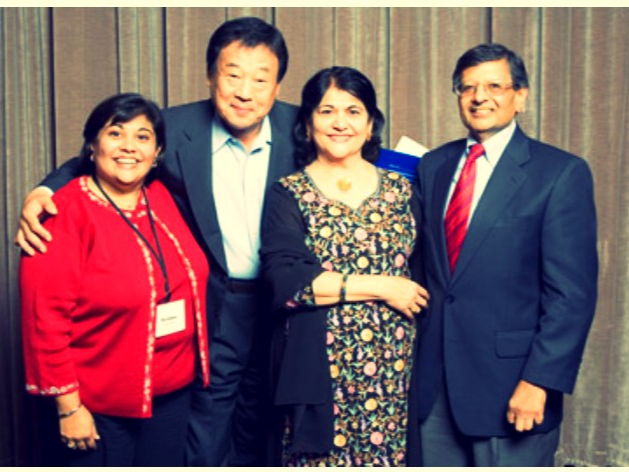Top 10 Best Practices for Building a Global Brand
Top 10 Best Practices for Building a Global Brand

C.W. Park explained that building a successful global brand is a complex undertaking that requires careful planning, strategic thinking, and practical implementation. To navigate the challenges of expanding into new markets, businesses must adopt best practices for global branding. This article will explore the top 10 strategies that can help companies to establish a solid global brand presence.
Conduct Market Research: Thorough market research is essential before entering new markets. Understand cultural differences, consumer preferences, and local competition to tailor your branding and marketing strategies accordingly. Identifying market gaps and opportunities will enable you to develop products or services that meet the unique needs of each target market.
Develop a Consistent Brand Identity: A consistent brand identity is crucial for global success. Define your brand purpose, mission, and values, and ensure they are reflected consistently across all markets. This includes maintaining a unified visual identity with a well-designed logo, color palette, and typography. Consistency builds trust and recognition among consumers, regardless of their location.
Adapt to Local Cultures through Localization: Adapt your brand to local cultures while maintaining consistency. Localization involves translating content, adapting marketing campaigns, and incorporating region-specific elements. Understanding and respecting cultural nuances allows you to create messages and experiences that resonate with local audiences, fostering stronger connections and customer loyalty.
Embrace Digital Strategy: A robust online presence is paramount in today's digitally connected world. Invest in a user-friendly website, localized social media channels, and multilingual customer support. Leverage search engine optimization (SEO) techniques to improve visibility in different regions and utilize online advertising platforms to reach a broader audience effectively.
Build Strategic Partnerships: Forge strategic partnerships with complementary brands or local industry leaders to expand your brand's reach. Collaborate on co-branded campaigns, joint ventures, or distribution agreements to tap into new markets and leverage each other's customer base. Strategic alliances provide opportunities for shared resources, expertise, and market insights.
Deliver Exceptional Customer Experiences: Prioritize outstanding customer experiences to build brand loyalty and advocacy. Invest in personalized customer service, efficient supply chain management, and seamless cross-border transactions. Actively seek feedback and continuously improve your customer experience based on insights gathered from various markets. Satisfied customers become powerful brand ambassadors, both locally and globally.
Leverage Influencer Marketing: Engage local influencers who have a strong presence in your target markets. Collaborate with influencers whose values align with your brand to amplify your message and reach a wider audience. Influencers can promote your products or services through social media, blogs, and other relevant platforms, enhancing brand awareness and credibility.
Maintain Brand Consistency Across Communication Channels: Ensure consistent brand messaging across all communication channels, including traditional advertising, digital marketing, and public relations. Align your storytelling approach with the cultural context of each market to effectively engage and resonate with local audiences. Consistency in messaging builds brand trust and fosters long-term relationships.
Monitor and Respond to Market Trends: Stay informed about emerging trends in different markets. Regularly monitor consumer behavior, technological advancements, and industry shifts. Adapt your strategies and offerings to remain relevant and competitive. Being proactive and flexible allows your brand to evolve with changing market dynamics and seize new opportunities.
Dedicate Resources to Employee Training: Invest in training programs to educate employees about global branding strategies and cultural sensitivity. Equip your teams with the knowledge and skills needed to effectively communicate your brand message in diverse markets. Well-trained employees are key brand ambassadors who can uphold consistency and deliver exceptional customer experiences worldwide.
Conclusion: Building a successful global brand requires meticulous planning, adaptation, and execution. By following these top 10 best practices—conducting market research, maintaining a consistent brand identity, adapting to local cultures, embracing digital strategies, building strategic partnerships, delivering exceptional customer experiences, leveraging influencer marketing, maintaining consistent communication channels, monitoring market trends, and dedicating resources to employee training—you can establish a strong global brand presence. Implement these practices with dedication and agility, and your brand will have the foundation it needs to thrive in the global marketplace.








